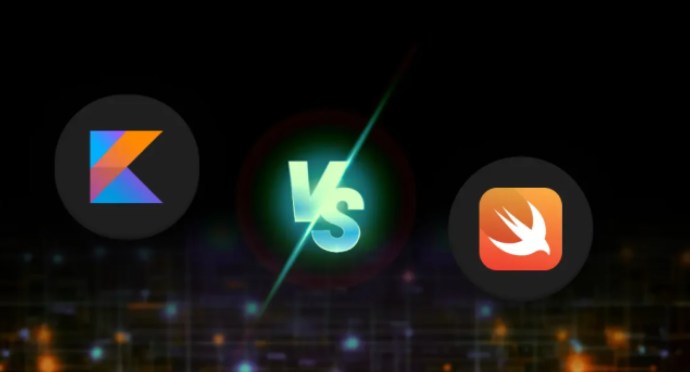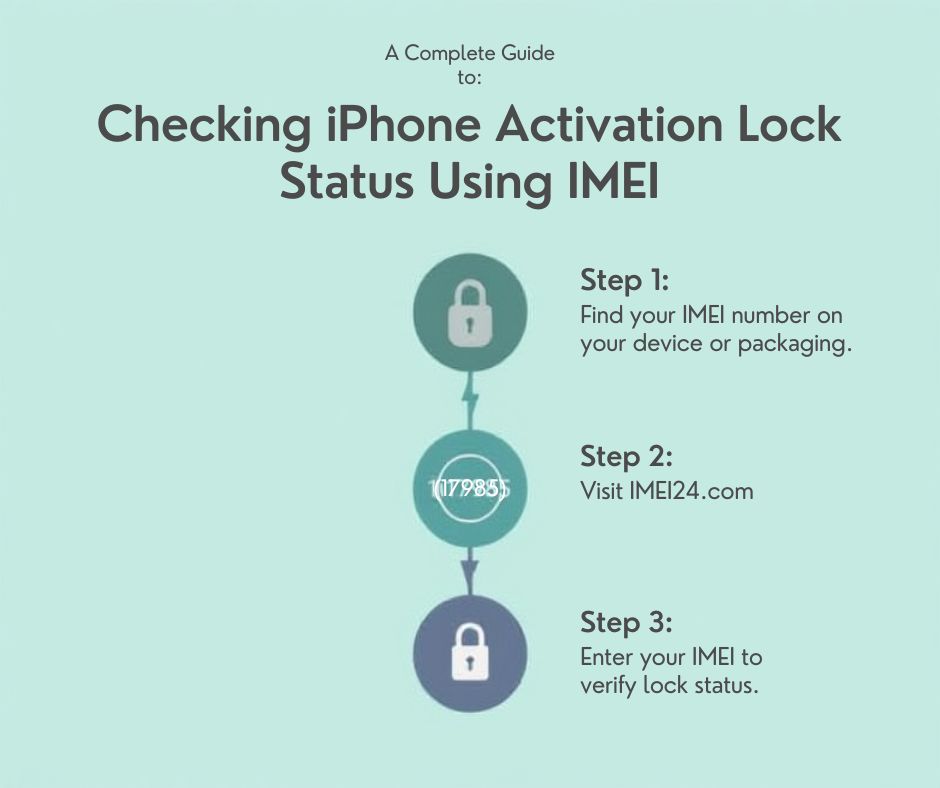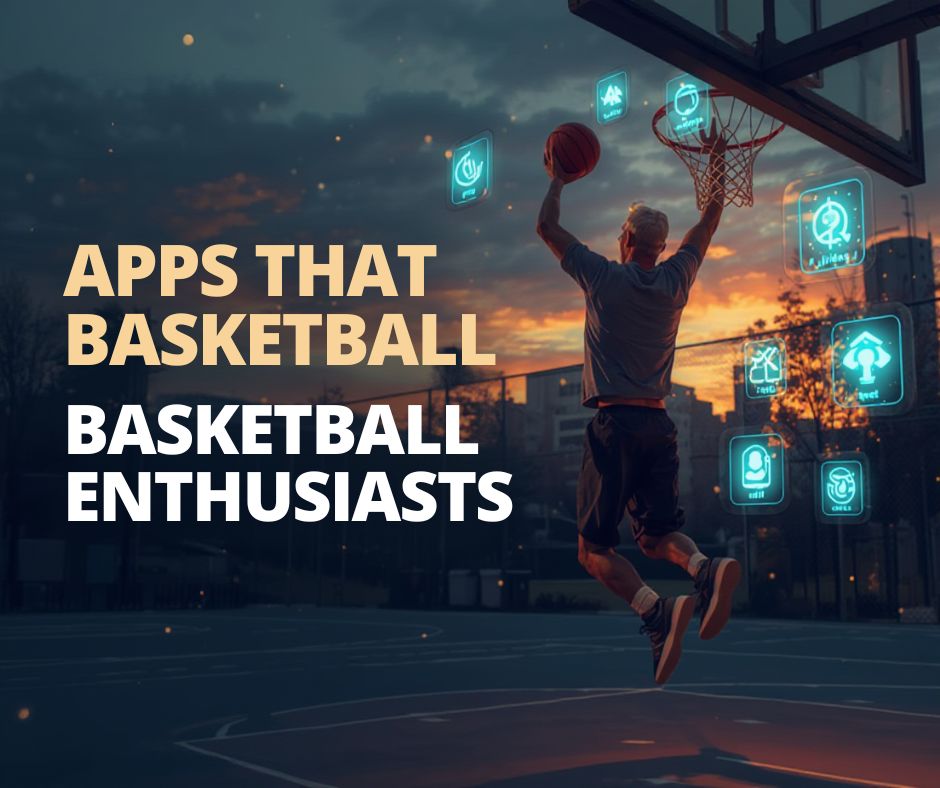Best Apps for Interactive Checklists with Visual Progress Tracking

Staying organized today means more than just writing to-dos on paper. Whether you're planning a workweek, managing personal routines, or building a business process, modern checklist apps offer features that go far beyond ticking boxes. The same attention to detail and user experience that makes platforms like 888 Casino for Arab players so popular is also reflected in these productivity tools — smart, smooth, and user-focused.
Why Visual Checklists Work Better
People process visuals faster than text. That’s why apps with visual tracking — like progress bars, color-coded tasks, or calendar timelines — can help users stay more focused and motivated. You’re not just completing tasks; you’re watching your progress grow in real time.
Visual indicators also offer instant feedback. When a task moves from 0% to 25%, then 50%, and onward, it gives your brain a small reward. This kind of engagement is especially helpful for long-term goals, where progress might otherwise feel slow or invisible.
Features That Make a Checklist App Stand Out
The best interactive checklist apps combine usability with strong visual design. They let you organize tasks by category, set reminders, break down goals into subtasks, and — most importantly — see your progress at a glance. Some apps use percentage rings, while others display progress on a timeline or a dashboard.
A standout feature in many apps is the ability to link checklist items with documents, notes, or even media files. This makes them perfect for complex projects like launching a product, planning a trip, or tracking learning goals. You’re not just seeing a list — you’re interacting with your workflow.
A Practical Example: Freelance Workflow Tracking
A freelance designer I spoke with uses visual checklists daily to keep client projects in order. She creates a separate checklist for each project, with visual bars indicating how far along each task is — from research to concept, revision, and delivery. On busy days, she opens the app just to see which projects are close to completion. “Seeing that progress bar move is like fuel,” she said. “It keeps me going.”
That immediate, visual feedback makes a difference when you’re juggling several tasks and deadlines at once. It removes the mental load of remembering everything and replaces it with a clear roadmap.
Why Personal Use Also Matters
It’s not just professionals who benefit. Daily personal goals like fitness routines, reading targets, or budgeting habits are easier to maintain with visual tools. Instead of relying on memory or loose notes, you see where you are — and where you’re going.
Interactive checklists help form routines because they give structure. You know what’s coming, what’s done, and what’s next. It turns abstract goals into manageable steps, and that clarity is often the difference between starting and finishing something.
Integration with Other Tools
Another reason these apps are so effective is that many of them integrate smoothly with tools people already use — like calendars, cloud storage, or communication platforms. That means your checklist isn’t just an isolated list, but part of a larger workflow.
You can, for example, link tasks to Google Calendar events, add checklist updates to Slack, or sync with platforms like Trello or Asana. This is useful for teams or anyone managing complex schedules.
Comparison to User Experience in Gaming
The way these checklist apps present progress — clearly, interactively, and with instant feedback — isn’t too different from what users expect in digital gaming platforms. For instance, in 888 Casino, players can track their activity, see outcomes visually, and experience smooth navigation — all of which contribute to long-term engagement. Interactive checklists use a similar principle: turn functionality into a user-friendly journey.
Not all checklist apps are equally effective. Some are cluttered, others are too basic. A good app should balance features with simplicity. It should offer enough visual tools to track progress, but not so many that it becomes overwhelming. Pay attention to mobile performance too — smooth touch response and offline access can make a big difference in daily use.
Security and backup options also matter. Make sure the app you choose has proper encryption and cloud sync, so your data isn’t lost or exposed.
Final Thoughts
Interactive checklist apps with visual progress tracking are more than just productivity hacks — they’re tools for building consistency and motivation. Whether you’re a freelancer managing projects, a student planning study sessions, or just someone who likes to stay organized, these apps can help you get things done — and enjoy the process along the way.
And just like platforms such as 888 Casino have optimized their interface for clarity and ease of use, the best checklist tools do the same. They keep you focused, show your results clearly, and support your goals step by step.











